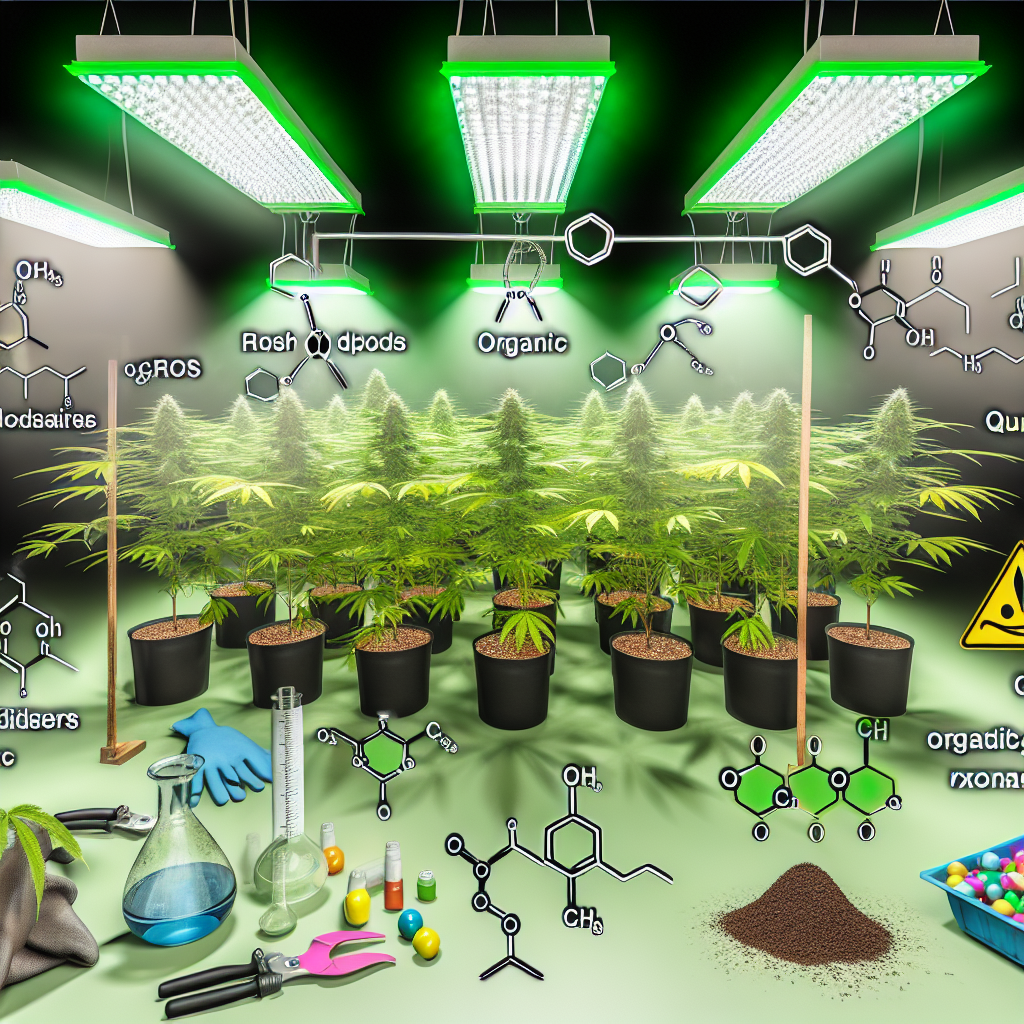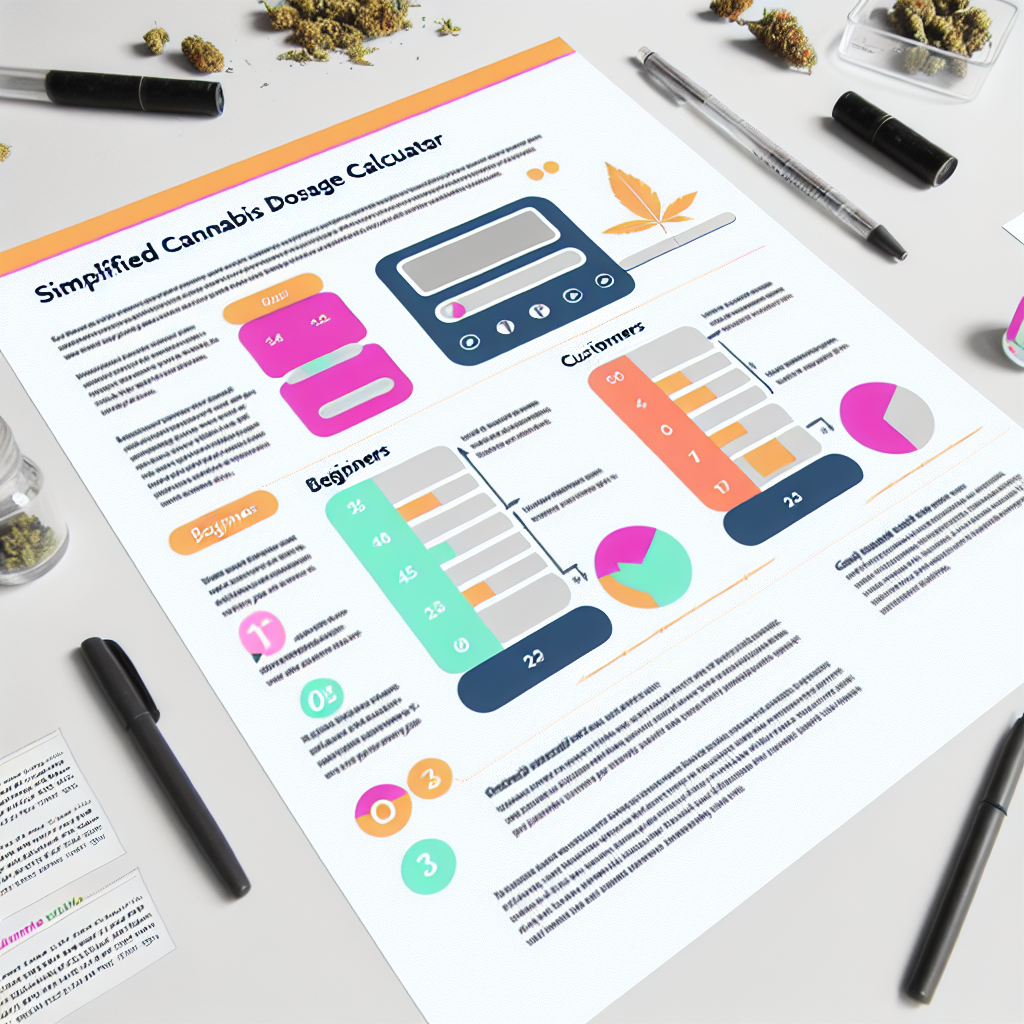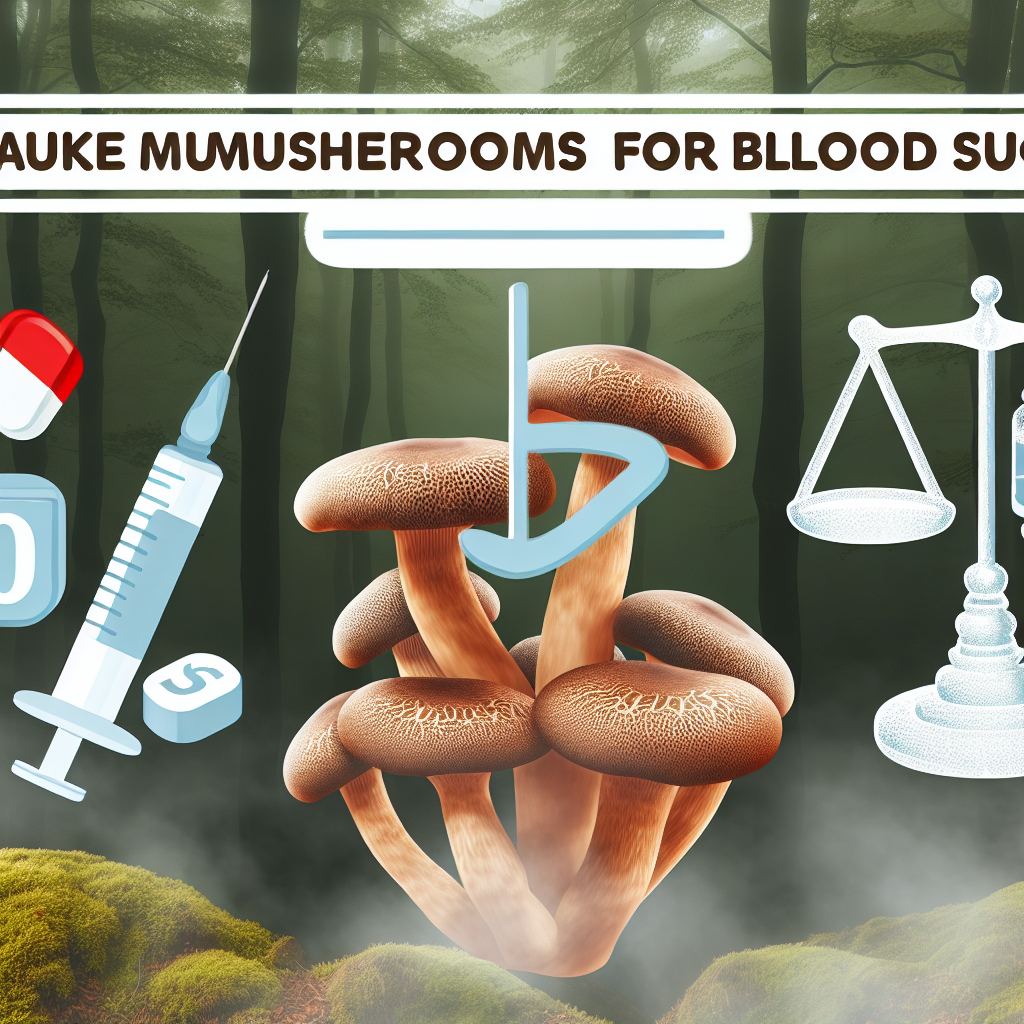ROS and Cannabis – Managing Reactive Oxygen Species in High-Intensity Cultivation Environments
Introduction
In the rapidly evolving world of cannabis cultivation, growers are continuously exploring methods to maximize yield, potency, and plant health. With the rise of high-intensity environments, such as indoor grow operations using high-powered LED lights and enriched CO2 atmospheres, comes an often-overlooked challenge: oxidative stress and the role of reactive oxygen species (ROS).
Reactive Oxygen Species are highly reactive molecules formed as natural byproducts of the plant’s metabolism. Under environmental stress—like light intensity, temperature fluctuations, or nutrient overload—ROS levels can escalate, damaging proteins, lipids, DNA, and other cell structures. For cannabis, this manifests in stunted growth, reduced cannabinoid production, weakened terpene profiles, or even cell death.
Cannabis plants have evolved natural antioxidant defenses, both enzymatic—like superoxide dismutase (SOD) and catalase—and non-enzymatic, including ascorbate, glutathione, and flavonoids. However, these systems can become overwhelmed in high-pressure grow environments designed to push productivity.
Professionals in the cannabis industry must incorporate ROS management strategies into their cultivation protocols. As legality spreads, so too does the sophistication in cultivation practices. From selecting stress-tolerant cannabis strains to utilizing environmental controls and exogenous antioxidant treatments, understanding oxidative stress is crucial to maintaining plant vigor and chemical consistency.
This article explores the science of ROS in cannabis, the physiological effects, and the latest strategies to control oxidative stress for healthier, better-yielding plants.
Features and Scientific Studies
Multiple studies have delved into the complex relationship between ROS and plant stress physiology. While most studies have focused on major crops, much of that knowledge can be directly applied to cannabis horticulture.
A foundational resource is a 2012 paper in Frontiers in Plant Science by Sharma et al., outlining the duality of ROS: they serve as essential signaling molecules but become damaging when overproduced. This phenomenon is particularly relevant in modern cannabis operations utilizing high-output lighting (>1000 PPFD) and extended photoperiods, as these intensify ROS accumulation.
A 2019 publication in Light: Science & Applications demonstrated that exposure to excessive light creates photoinhibition, where chloroplasts absorb more energy than they can process. This not only diminishes photosynthetic efficiency but forces the plant to divert resources to managing stress rather than building biomass or secondary metabolites like cannabinoids.
Moreover, a 2020 study in the journal Industrial Crops and Products by Toussaint et al. specifically examined hemp under oxidative conditions. Researchers found that ROS altered the expression of genes tied to cannabinoid and flavonoid synthesis. This supports grower reports that excessively stressed plants either spike or drop unexpectedly in cannabinoid concentrations—a phenomenon comparable to grapes producing more resveratrol under duress.
To help buffer stress, some cultivators and researchers are investigating exogenous antioxidants like ascorbic acid foliar sprays and glutathione drenches. These supplements bolster plants’ native defenses during critical stress windows. Other key environmental tactics include fine-tuning the Vapor Pressure Deficit (VPD), ensuring complete dark cycles, and avoiding overfeeding, all of which regulate internal ROS activity.
Genetics also matter. New breeding programs are targeting cannabis strains that naturally possess enhanced ROS-scavenging traits—offering an inherent advantage in high-output environments. In tandem, tools like chlorophyll fluorescence imaging and oxidative stress biosensors allow growers to spot signs of early stress, enabling proactive intervention rather than reactive damage control.
As the industry advances, adopting a comprehensive integrated stress management plan—including UV shielding, nutrient balancing, and proper photoperiods—could separate successful operations from costly missteps.
Conclusion
As cannabis cultivation embraces higher light efficiencies and tighter environmental control, managing reactive oxygen species emerges as a central pillar of sustainable growing. Utilizing a balance of scientific insight, environmental monitoring, and targeted supplementation, cultivators can preserve plant health, optimize cannabinoid profiles, and elevate operational productivity. The future of consistent, potent, and resilient cannabis may very well hinge on how well growers manage oxidative stress at every stage of the cultivation cycle.
References
Summary (100 words)
In high-intensity cannabis cultivation environments, excessive light and enriched CO₂ can lead to the overproduction of reactive oxygen species (ROS), causing oxidative stress that damages plant health and reduces cannabinoid yields. Effective strategies like genetics selection, environmental optimization, and exogenous antioxidants such as ascorbic acid or glutathione can help mitigate these effects. Research shows ROS impact key biosynthesis pathways, including cannabinoid and terpene production. By integrating stress management approaches and leveraging scientific tools, cultivators can enhance plant resilience and product consistency, ultimately improving productivity and profitability in advanced cannabis farming systems.




